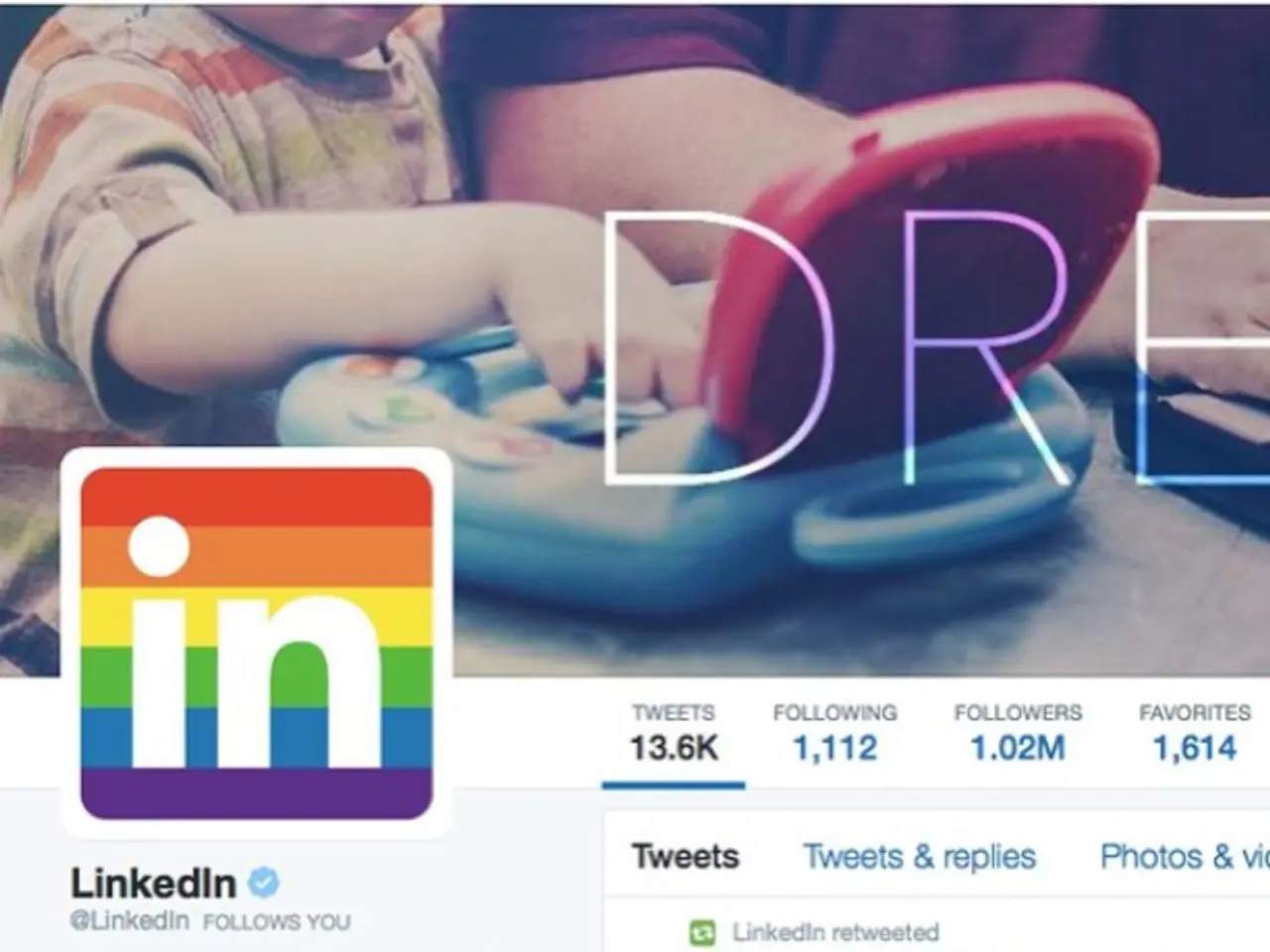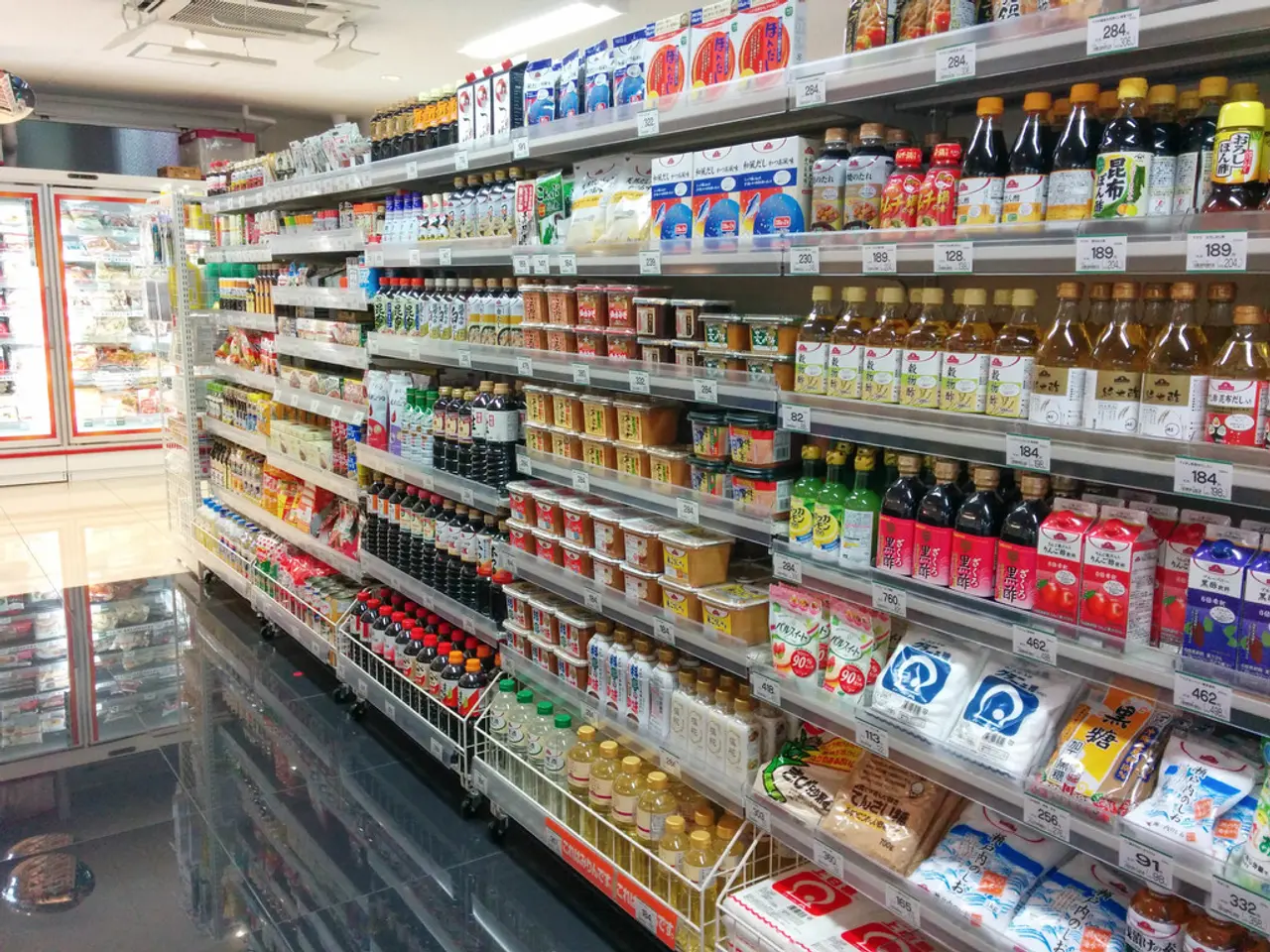Guidelines for Visual Communication in Human Resources: Boost and Captivate Your Employee Base
In the digital age, traditional communication methods such as plain-text emails and PowerPoint presentations are no longer sufficient, especially for millennial workers. This shift has led to the exploration of more effective means to engage employees, and visual communication has emerged as a promising solution.
One of the key strategies is the use of infographics and charts to explain company goals, performance metrics, and strategic plans clearly. These visual tools not only enhance employee understanding and trust but also foster transparency and create a more inclusive and engaging work environment.
Short, engaging videos, such as corporate training videos, explainer videos, and updates, cater to diverse learning styles and boost engagement through dynamic visual storytelling. Incorporating multimedia learning materials like animations, podcasts, quizzes, and virtual reality simulations further increase training effectiveness.
Interactive and gamified elements like quizzes, badges, and leaderboards maintain motivation and participation in training programs. To ensure visuals cross cultural and language barriers, well-designed infographics and visual dashboards can communicate complex messages simply, reaching broader audiences within a diverse workforce.
For hybrid and remote teams, visual communication reduces confusion and isolation by providing consistent, context-rich messages accessible asynchronously across locations.
The 'Picture Superiority Effect' supports this approach, as people remember images better than text alone, thereby increasing engagement and information retention among employees.
Visual content, like infographics, breaks down complex workplace analytics into digestible formats. Creating and distributing short videos to share org-wide updates can improve employee engagement.
Visual data presentations make it easier to make decisions, according to Eliot Vancil, CEO of Fuel Logic LLC. The use of images and icons in corporate communication humanizes it, resulting in better employee engagement.
Using visuals, like infographics and charts, can make employee training sessions more engaging and effective. TopSource Worldwide observed a 25% increase in the speed at which new hires complete training modules when visual aids are used.
Moreover, visualizing org structure offers employees clarity about the growth path in the organization, making them feel motivated. Designing a brand design manual for typography, color palettes, and logo usage improves readability and employee engagement.
Creating a visual 'About Us' page for businesses helps employees get a better clarity of the company's core values. Using charts and graphs in HR reports can convey employee turnover rates, performance metrics, or other HR-related information, helping leaders understand employee trends and facilitate quick HR decision-making.
Visualizing policies and procedures can help employees understand them in a simpler manner and remember them more easily. Using visuals that show human interaction can evoke emotions, helping boost team collaboration.
In addition, dashboard information is transformative for executive summaries. Communicating company's performance and strategic plans through charts can improve transparency in the workplace and build a culture of trust. Choosing the right chart or graph for data visualization helps effectively represent different data categories.
Adding movement by creating a GIF is a simple and effective elevation for any static flowchart. The use of images or infographics that show human interaction can also make the company's culture more engaging and memorable for employees.
Creating and distributing short videos to share org-wide updates can improve employee engagement. Visual recognition programs, such as digital badges or certificates, can acknowledge and appreciate employee contributions.
Using HR visual communication tools, like the infographics design tool 'our platform', can streamline communication and other HR tasks. Building customizable HR dashboards using no-code tools or Microsoft Excel or Google Sheets can help visualize data effectively.
The Employee Satisfaction Survey Checklist Template and the Company Employee Achievement Email Newsletter Template can help understand employees' challenges and improve the company culture. Using human resource templates with charts is a more effective option for reporting than plain text.
A good infographic can cross language, culture, and literacy boundaries, replacing a mountain of words. In conclusion, integrating these visual communication strategies in HR fosters a culture of transparency, inclusivity, and continuous engagement, contributing directly to improved employee satisfaction and lower turnover rates.
- Utilizing an infographic maker can help create visually engaging 'About Us' pages, facilitating better understanding of a company's core values among employees.
- Incorporating data visualization, such as charts and graphs, in HR reports can simplify complex information, enabling leaders to make quick HR decisions and understand employee trends.
- Implementing team collaboration tools that emphasize visualization, like videos or gamified elements, can boost engagement among remote and hybrid workers, reducing feelings of isolation.
- A well-designed brand kit, which includes typography, color palettes, and logo usage guidelines, can improve readability and increase employee engagement within the team.




